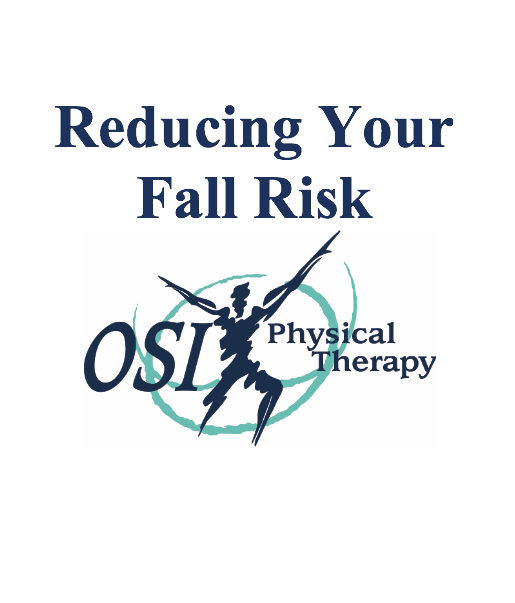
Falls are on the rise this time of year with icy winter conditions, leading to fractures, hospitalizations, and sometimes even death. Some people think, “it won’t happen to me,” but the truth is, over 1 out of 4 Americans 65 years or older will suffer a fall every year. Other people have such a high fear of falling that they severely limit their mobility and activity, which can become a vicious cycle because reducing activity reduces muscle strength and balance, consequently putting them at a higher risk of falling.
Fortunately, falls are preventable. Prevention involves reducing hazards in the home, learning the risk factors of falling, and implementing activities to improve balance, strength, and mobility.
Reducing hazards at home:
Have your eyes and feet checked:
Talk openly with your healthcare provider about fall risks & prevention.
Physical activity is medicine!
Physical therapists are movement experts who can help improve your strength and balance to reduce your risk of falling and improve your overall quality of life.
Call OSI today for a FREE phone consultation at 651-275-4706 to learn more or to discuss how physical therapy might be right for you.
Written by:
Holly Huso, PT, DPT
FREE PHONE CONSULTATION: (651) 275-4706